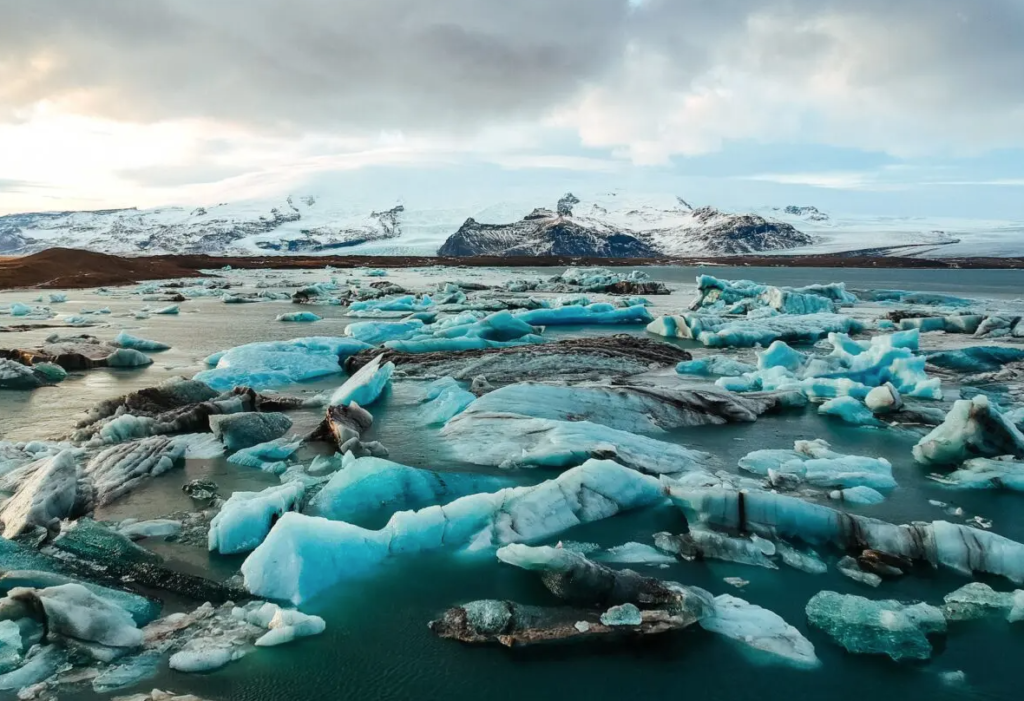Arctic Ocean acidification study correlates with global warming
(Sustainabilityenvironment.com) – What causes Ocean acidification? The Arctic ocean is becoming acidic three to four times faster than the other seas. The main cause is the rapid melting of the ice cap, which in turn depends on Arctic amplification, which is a higher increase in regional temperatures than in other parts of the planet. To calculate the rate of acidification of the Arctic is a study published in Science.
“The melting of sea ice exposes seawater to the atmosphere and promotes rapid absorption of atmospheric carbon dioxide, lowering alkalinity and buffering capacity and thus leading to sharp pH decreases,” explains the researchers.
The phenomenon occurs at a higher rate than in other seas of the planet, where the rate of acidification usually follows the increase in the concentration of carbon dioxide in the atmosphere. Why? According to the study, melting water does not mix with the lower layers, which have a higher acidity level. Instead, start absorbing CO2 from the atmosphere until its pH is equal to that of the rest of the water column. Instead of diluting the concentration of CO2, therefore, this dynamic increases, and much more, the quantities dissolved in the Arctic.
read also Seas taller than 27 cm, is now “inevitable” for the melting of the Greenland glaciers
The study analysed data from 1994 to 2020 on Artic Ocean acidification and showed a clear correlation with the increase in regional temperatures. “If all the multi-year ice is replaced by first-year ice, the alkalinity and buffer caanalyzedpacity will decrease and acidification will continue,” he said. “By 2050, we think all ice will have disappeared in the summer. Some documents predict that this will happen by 2030. And if we follow the current trend for another 20 years, summer acidification will be really strong,” explain the authors.
This will tend to accelerate as global warming accelerates. That in the Arctic already runs at least 4 times faster than in the rest of the planet, and locally up to 7 times more.

